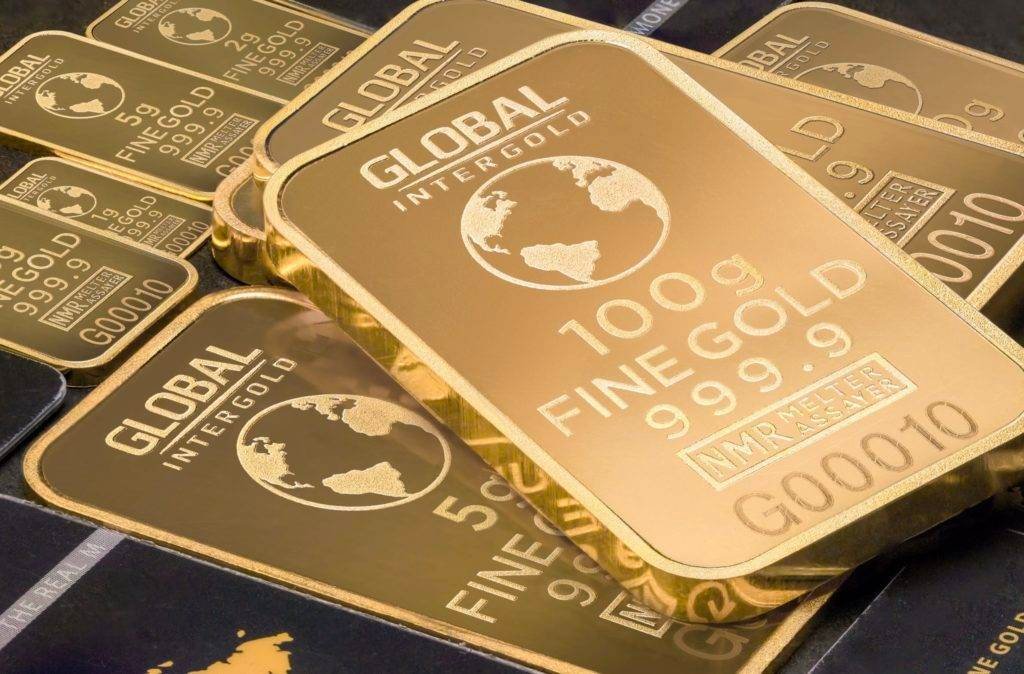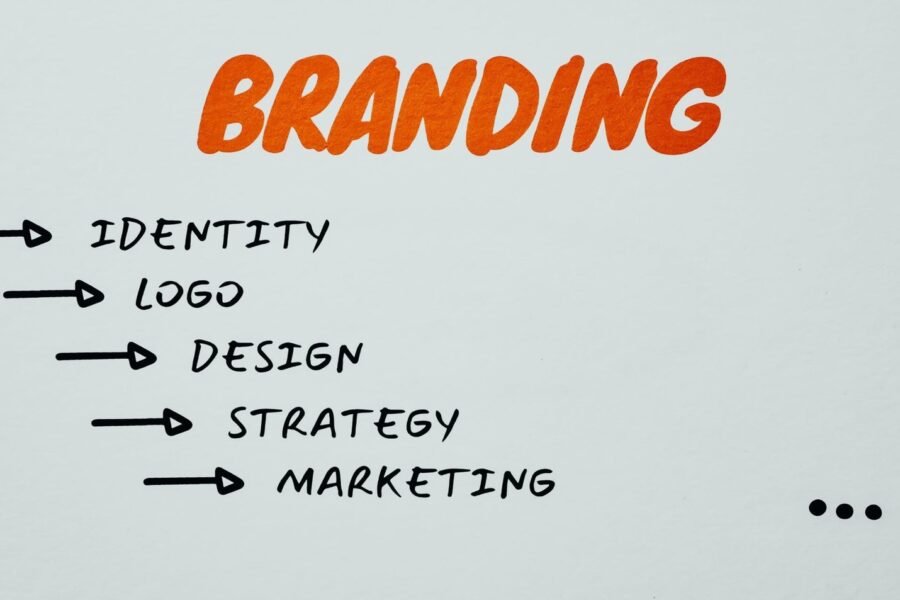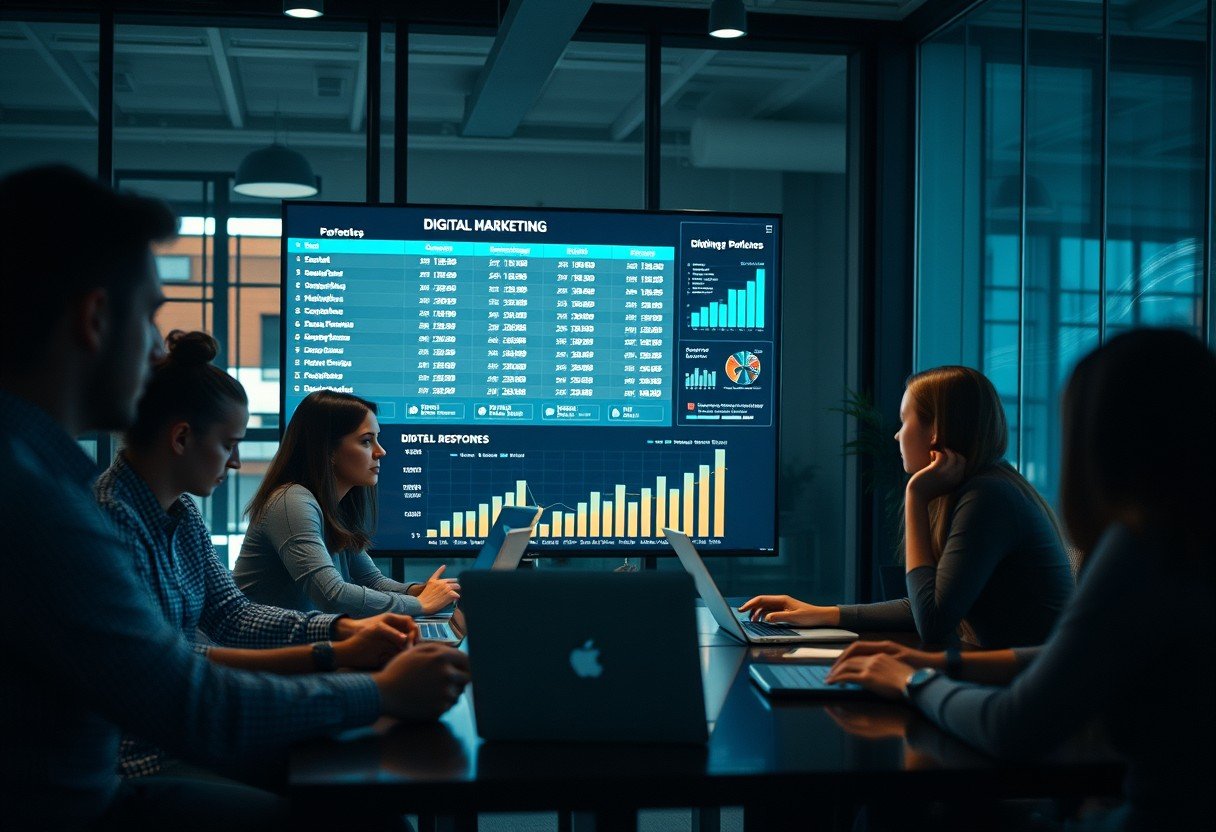Gold and silver have fascinated people for thousands of years, not just for their beauty but as a store of value. Today, trading these precious metals is more accessible than ever through instruments like Contracts for Difference (CFDs). This allows traders to speculate on price movements without ever owning the physical metal. Understanding what drives these prices is the first step for anyone interested in CFD commodity trading, from global economic health to shifts in consumer demand.
A Brief History of Gold’s Value
The story of gold as a currency is ancient, with some of the oldest coins dating back to the Roman Empire around 50 BCE. For a long time, the value of many national currencies was directly linked to gold. This system, known as the gold standard, ended for the United States in 1971 when President Richard Nixon severed the direct convertibility of US dollars to gold.
This was a pivotal moment. Once freed from the dollar, gold’s price soared, reaching $600 an ounce by 1980, driven by commodity traders. However, when the US Federal Reserve raised interest rates to fight inflation, gold’s appeal dimmed, and its price fell.
History has repeatedly shown that during times of economic crisis, traders flock back to gold. Events like the 2001 recession, the 2008 financial crisis, and the 2020 Covid-19 pandemic reinforced its status as a “safe haven” asset. In fact, just six months after the pandemic began, gold hit a record high of $2,069.40 per ounce.
What Drives the Demand for Gold and Silver?
The price of gold and silver, like any commodity, is fundamentally driven by supply and demand. One of the largest sources of demand comes from the jewellery industry. In 2019, consumption for jewellery reached a staggering 4,400 tonnes, accounting for half of all gold demand worldwide, with the USA, China, and India leading the way.
Another significant driver is the technology sector. Both gold and silver are crucial components in manufacturing everything from medical stents to GPS devices. This industrial demand accounted for 7.5% of total demand in 2019. This creates a direct link: when the demand for consumer electronics rises, the price of these precious metals often gets a boost.
Finally, central banks and governments play a huge role. They hold gold as part of their monetary reserves alongside paper currencies. When governments decide to increase their gold holdings, it can cause a significant price hike. For instance, governments collectively purchased 650 tons of gold in 2019.
Key Factors that Influence Precious Metal Prices
Beyond physical demand, several key economic factors cause gold and silver prices to fluctuate. For anyone involved in commodity trading, watching these indicators is essential for making informed decisions.
One of the most important relationships is with the US dollar. Since gold is priced in US dollars, a weaker dollar makes gold cheaper for investors holding other currencies. This often increases demand and pushes the price of gold higher. Conversely, a strong dollar can have the opposite effect.
Several other major factors are always at play:
- Interest Rates: Gold does not pay interest. Therefore, when central banks like the Fed raise interest rates, other interest-bearing assets become more attractive to investors, which can reduce demand for gold and lead to lower prices.
- Inflation: During periods of high inflation, the purchasing power of paper money decreases. Investors often buy gold to protect the value of their wealth, which drives its price up.
- Geopolitical Instability: Political uncertainty and global crises often lead investors to seek safety in gold, reinforcing its safe-haven reputation and increasing its price.
These factors combined create a dynamic market where prices are constantly changing, offering opportunities for traders.
How Economic Conditions Affect Gold and Silver
Gold and silver often behave similarly in response to economic news, but they have key differences. Both are considered safe havens during recessions and hedges against inflation. When stock markets are performing poorly, it’s common to see investment in gold increase as people look to protect their capital.
However, silver’s price can be more sensitive to the overall health of the economy than gold’s. This is because silver has far more industrial applications. It is an essential component in automobiles, solar panels, and various types of batteries. As a result, when economic activity and manufacturing output are strong, the industrial demand for silver can push its price up. During a recession, that same industrial demand can fall, potentially weighing on its price more heavily than gold’s.
This dual nature of silver as both a precious metal and an industrial commodity can make it more volatile than gold.
| Feature | Gold | Silver |
|---|---|---|
| Primary Use | Jewellery & Investment | Industrial Applications |
| Market Driver | Monetary Policy, Safe-Haven Demand | Industrial Demand, Investment |
| Price Volatility | Generally Lower | Generally Higher |
| Key Influence | Interest Rates, US Dollar Value | Economic Growth, Manufacturing Data |
Exploring Different Ways to Trade Gold and Silver
Investors looking to gain exposure to gold and silver have several options. One popular method is through Exchange-Traded Funds (ETFs). Some ETFs, like the SPDR Gold Shares Fund, hold physical bullion and track its price directly. This is a straightforward way to invest in the price of gold without having to buy and store physical bars or coins.
Other ETFs don’t hold the metal itself. Instead, they might hold shares in a collection of gold mining companies or track the price of futures contracts. This allows for diversification within the precious metals sector. One major benefit of ETFs is the ability to invest in both rising and falling price movements.
Understanding CFD Trading for Precious Metals
Another powerful method for trading is through Contracts for Difference (CFDs). CFD commodity trading allows you to speculate on the price movements of gold and silver without owning the underlying asset. This means you are not buying actual gold, shares in a mining company, or units of an ETF.
Instead, you are entering into a contract based on the change in an asset’s price over time. A key advantage of this is the avoidance of storage costs associated with physical bullion or the management fees that can come with some ETFs.
With CFDs, traders can profit from both rising prices (by going long) and falling prices (by going short). This flexibility is one of the main reasons why CFDs are a popular choice for active traders who want to navigate the markets regardless of which direction prices are headed.
Frequently Asked Questions about Gold and Silver Trading
Why is gold called a “safe haven” asset?
Gold is considered a “safe haven” because it tends to retain or increase its value during times of economic turmoil and market instability. When stocks or currencies are falling, investors often move their money into gold to preserve their wealth.
How does the US dollar affect the price of gold?
Gold is priced globally in US dollars, so they have an inverse relationship. When the US dollar weakens against other currencies, it takes more dollars to buy an ounce of gold, so its price rises. A stronger dollar typically pushes gold prices down.
Is silver more volatile than gold?
Yes, silver is generally more volatile than gold. This is due to its smaller market size and its dual role as both a precious metal and a key industrial commodity, which makes its price more sensitive to changes in economic data and industrial demand.
What is the main difference between trading physical gold and a gold CFD?
When you buy physical gold, you own the actual metal and are responsible for its storage and security. When you trade a gold CFD, you are simply speculating on its price movement without owning the asset, which eliminates storage costs.
Do I need to store gold if I trade CFDs?
No, you do not. With CFD trading, you are trading a contract based on the price of gold, not the physical commodity itself. This is a major benefit as it removes the complexities and costs associated with storing and insuring physical bullion.
What are the main industrial uses for silver?
Silver is a critical component in many industries due to its excellent conductivity and antibacterial properties. Key uses include the production of solar panels, automobiles, electronics, water purification systems, and medical devices.









Leave a Comment